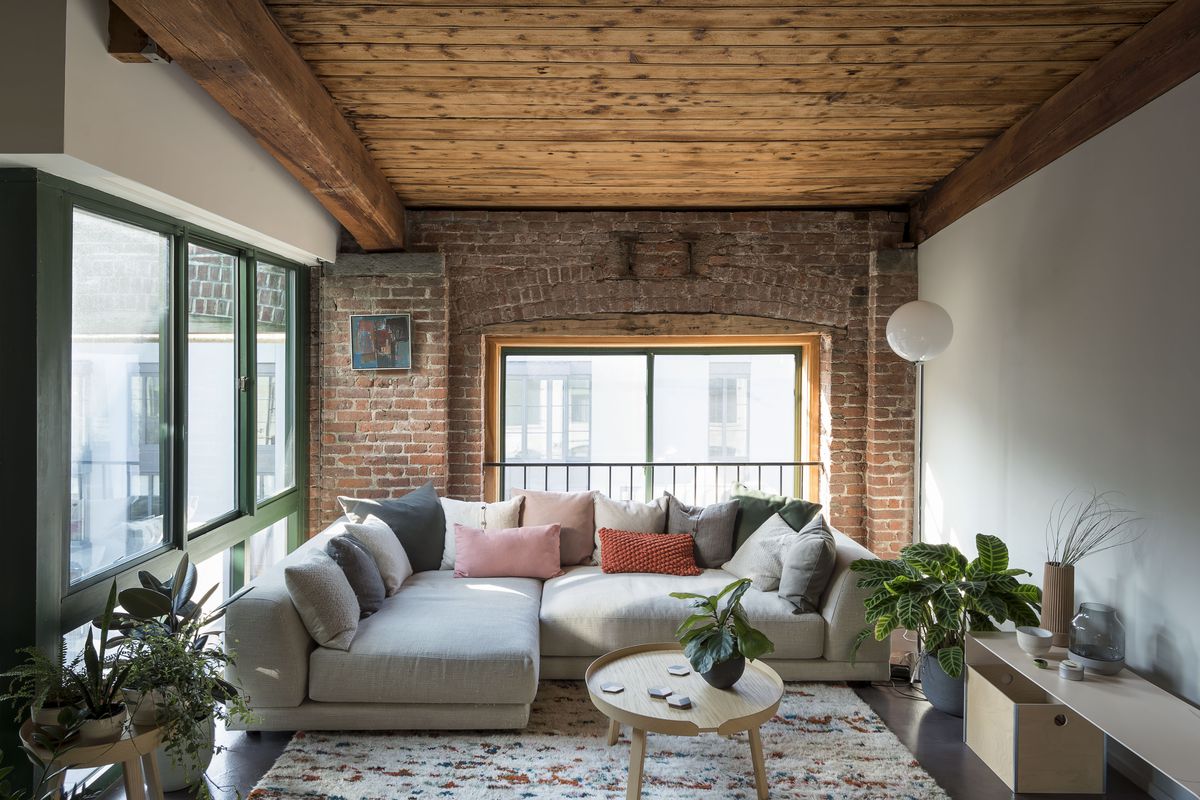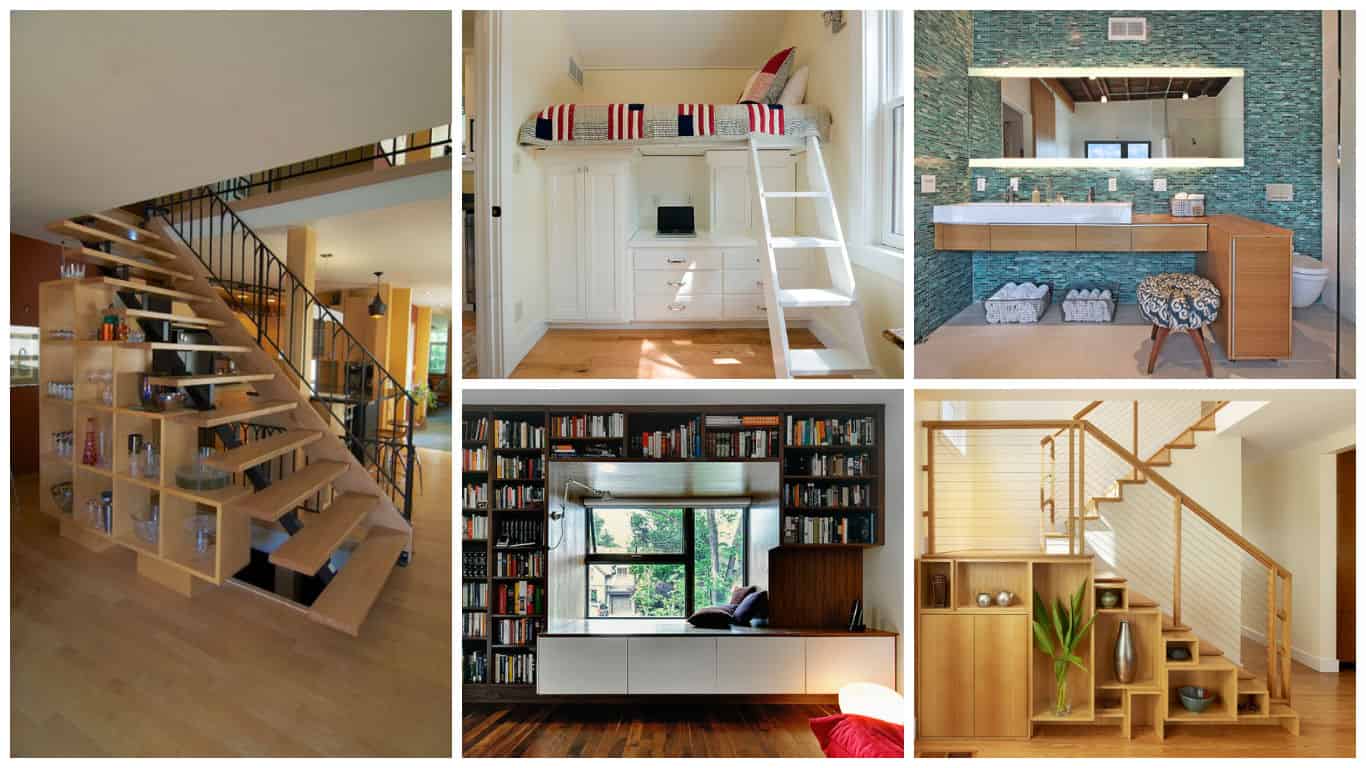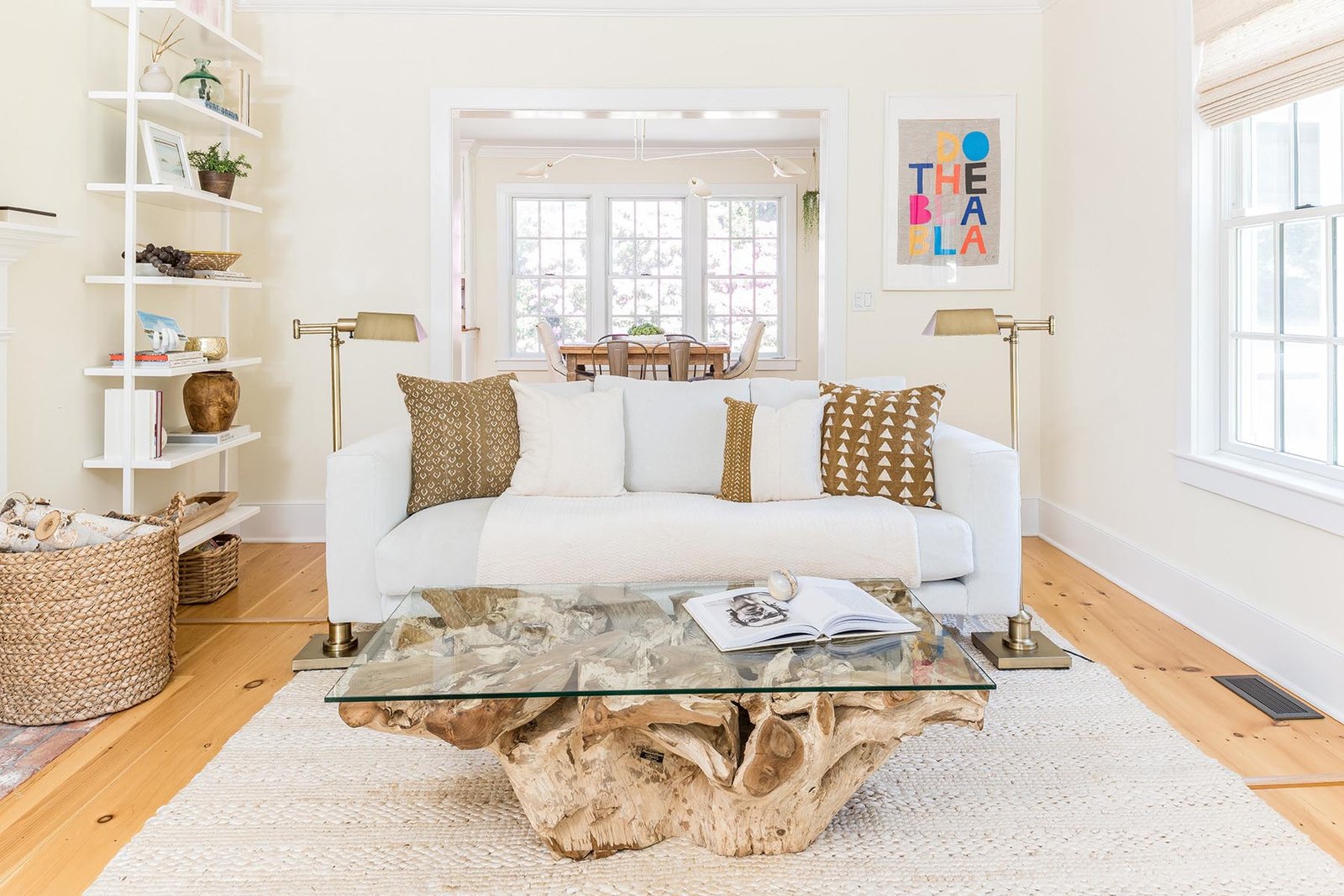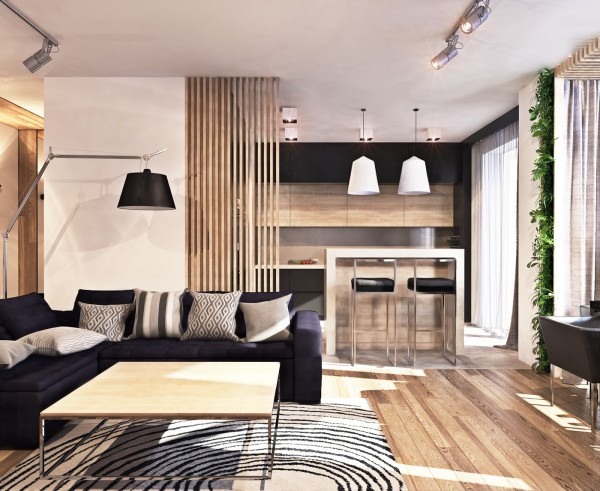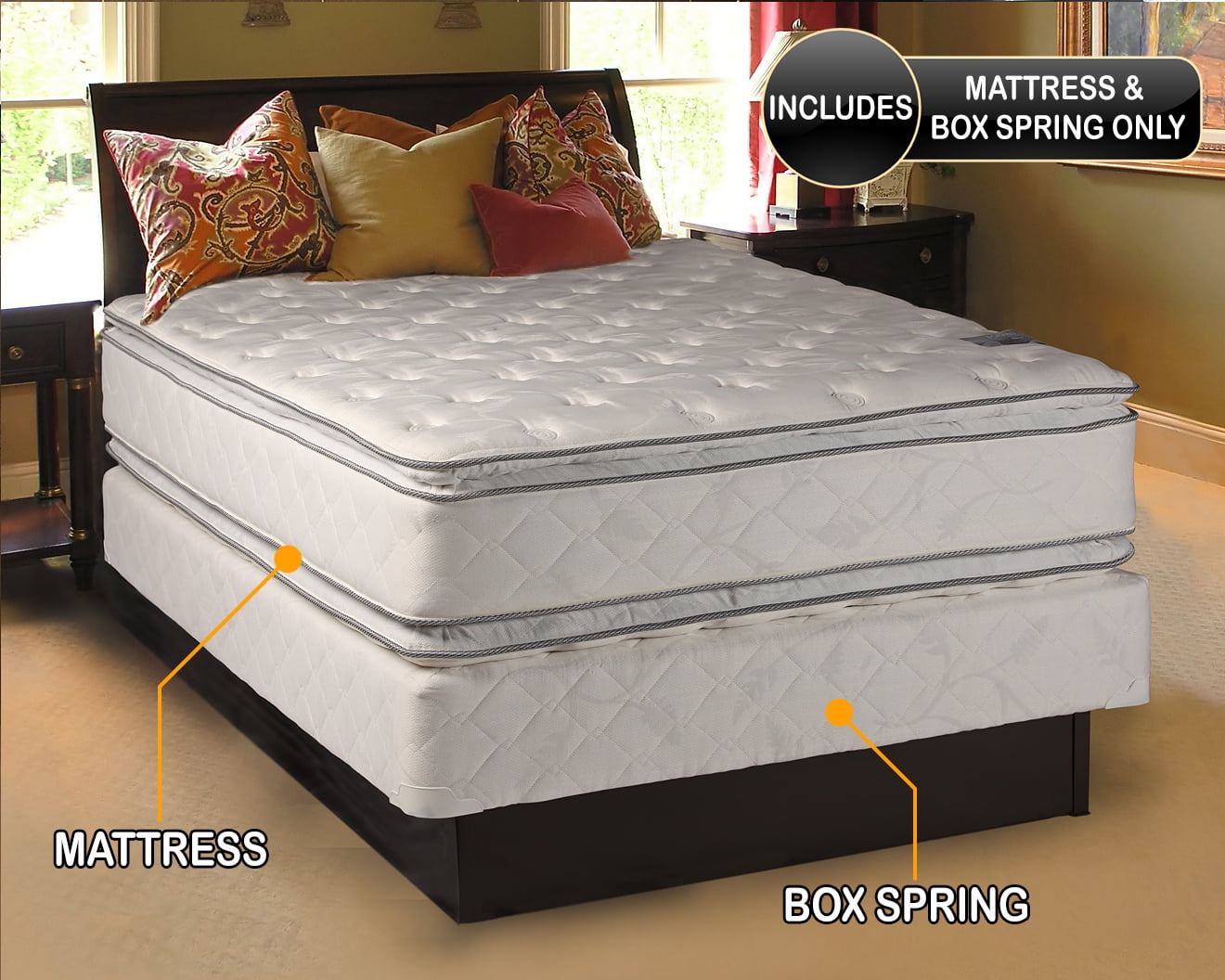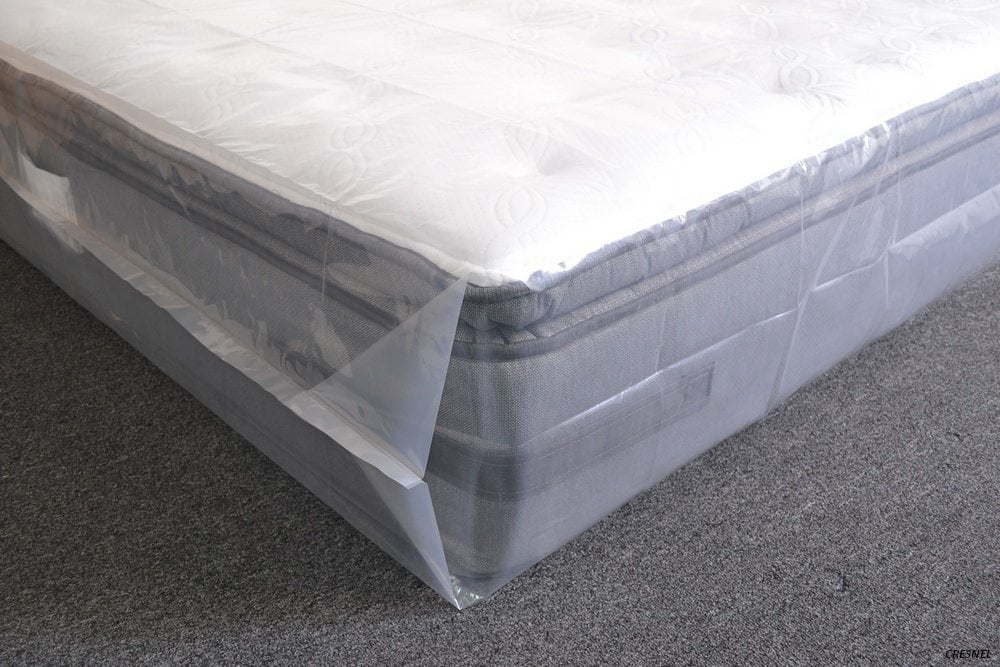When it comes to home design, the terms "hall" and "living room" are often used interchangeably. However, these two spaces serve different purposes and have distinct characteristics. Understanding the differences between a hall and a living room can help you make the most out of your home's layout. In this article, we'll explore the key differences between hall and living room, and provide tips on how to effectively use these spaces in your home. Hall vs Living Room: What's the Difference?
While both a hall and living room are common areas in a home, they have different functions. A hall is typically a narrow space that connects different rooms or areas of a home. It serves as a corridor or passageway, allowing people to move from one room to another. On the other hand, a living room is a larger, more open space that is usually located at the front of a home. It is often used as a gathering place for family and friends, and can also serve as a formal entertaining space. Understanding the Distinction Between Hall and Living Room
One of the main differences between a hall and living room is their size and layout. A hall is typically smaller and more narrow, whereas a living room is larger and more open. Additionally, a hall usually has a linear layout, with doors on either side leading to different rooms. In contrast, a living room may have multiple entrances and is often connected to other areas of the home, such as the kitchen or dining room. Another key difference between a hall and living room is their purpose. A hall is primarily used for functional purposes, providing a path to different rooms in the home. It may also serve as a storage area for coats, shoes, and other items. A living room, on the other hand, is a more versatile space that can be used for a variety of activities, such as watching TV, reading, or hosting guests. Key Differences Between Hall and Living Room
While a hall and living room have distinct differences, there are also some similarities between the two. Both spaces are typically located near the entrance of a home, making them important in terms of first impressions. In terms of design, both a hall and living room should be well-lit and have a welcoming atmosphere. Additionally, both spaces can benefit from functional storage solutions to keep them organized and clutter-free. However, the biggest contrast between a hall and living room is the level of formality. A living room is often seen as a more formal space, with elegant furniture and decor. In contrast, a hall is usually more utilitarian in nature and is not typically designed for entertaining purposes. Hall vs Living Room: Comparison and Contrast
Now that we've discussed the key differences between a hall and living room, let's take a closer look at some specific aspects that set these spaces apart. Size and Layout: As mentioned earlier, a hall is typically smaller and more narrow compared to a living room. This can make it challenging to decorate, as it may not have enough space for large furniture pieces. A living room, on the other hand, is more spacious and allows for more flexibility in terms of layout and design. Functionality: While both spaces serve different purposes, a hall and living room can be both functional and stylish. In a hall, you may want to consider adding storage solutions such as a coat rack or shoe shelf to keep the space organized. In a living room, you can incorporate a variety of seating options and accent pieces to create a comfortable and inviting atmosphere. Lighting: Adequate lighting is essential in both a hall and living room. In a hall, you may want to consider adding sconces or pendant lights to create a warm and welcoming ambiance. In a living room, a combination of overhead lighting and lamps can help create a cozy and inviting atmosphere. Exploring the Differences Between Hall and Living Room
Now that we've explored the differences between hall and living room, you may be wondering which one is right for your home. The answer depends on your specific needs and lifestyle. If you have a larger home with multiple entrances, a living room may be a better choice as it can serve as a central gathering space. However, if you have a smaller home or prefer a more formal entrance, a hall may be the way to go. Ultimately, the decision between a hall and living room should be based on the layout and style of your home, as well as your personal preferences and needs. Hall vs Living Room: Which is Right for Your Home?
To make the most out of your hall and living room spaces, it's important to understand their purpose and function. While a hall is primarily used for functional purposes, a living room is a more versatile space that can serve as a gathering place for family and friends. However, both spaces can be designed to be functional and stylish, creating a seamless flow between rooms in your home. The Purpose and Function of a Hall vs a Living Room
When it comes to designing a hall and living room, there are both similarities and differences to keep in mind. Both spaces should be well-lit, welcoming, and functional. However, the design approach may differ based on the size and layout of the space. In a hall, you may want to focus on maximizing storage and creating a streamlined layout. In a living room, you can get more creative with furniture placement and decor. Designing a Hall and Living Room: Similarities and Differences
To make the most out of your hall and living room spaces, it's important to utilize them effectively. In a hall, consider adding storage solutions such as shelves, hooks, or baskets to keep the space organized and clutter-free. In a living room, focus on creating a comfortable and inviting atmosphere by incorporating a variety of seating options, accent pieces, and lighting. How to Utilize Your Hall and Living Room Spaces Effectively
One of the key challenges when designing a home is creating a seamless transition between different spaces. To create a cohesive flow between your hall and living room, consider using similar color schemes and design elements. For example, you can use the same flooring or paint color in both spaces to create a sense of continuity. You can also incorporate similar decor pieces, such as artwork or accent pillows, to tie the two spaces together. Tips for Creating a Seamless Transition Between Hall and Living Room
The Key Differences Between a Hall and a Living Room
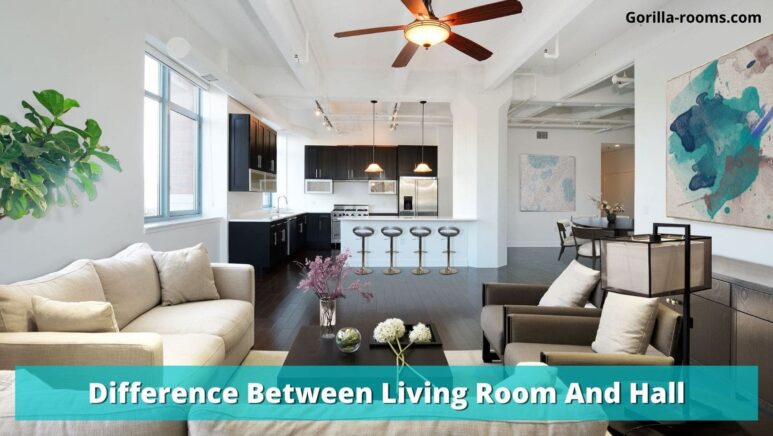
Understanding the Purpose and Layout of these Common Rooms
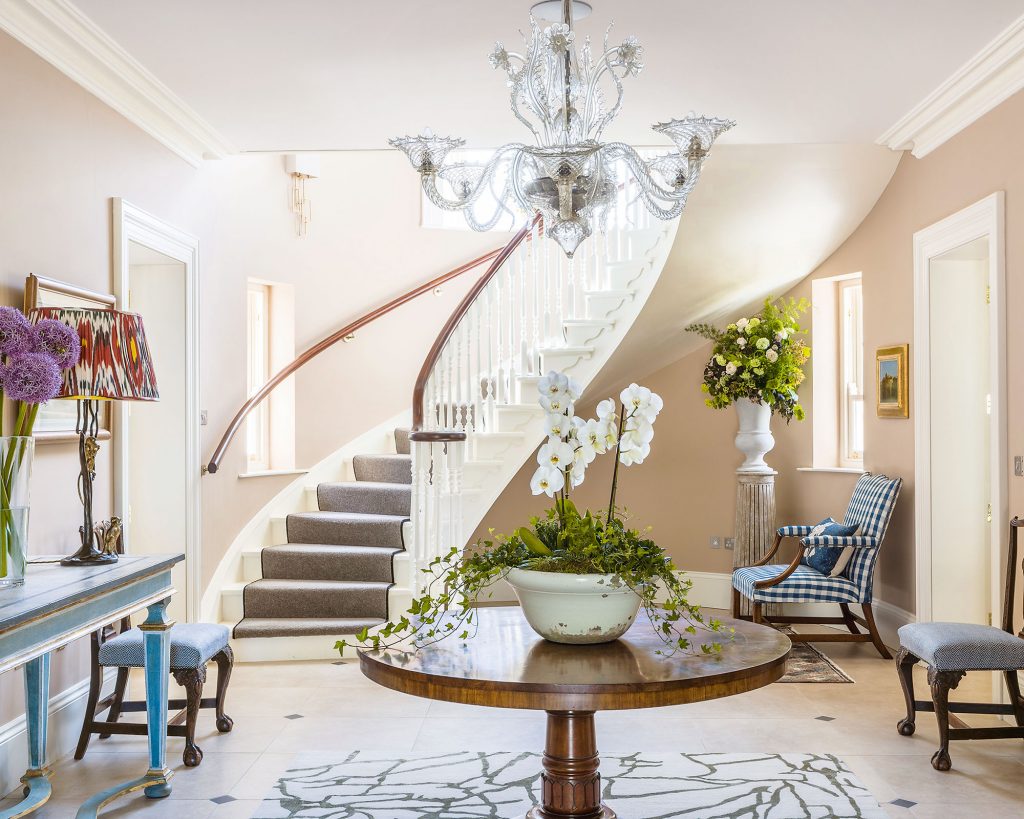 When designing a house, there are many factors to consider, including the layout and purpose of each room. Two of the most commonly used rooms in a house are the hall and living room. While they may seem similar, there are distinct differences between these two spaces that can greatly impact the overall design and functionality of a house. Let's explore the key differences between a hall and a living room.
The Purpose:
When designing a house, there are many factors to consider, including the layout and purpose of each room. Two of the most commonly used rooms in a house are the hall and living room. While they may seem similar, there are distinct differences between these two spaces that can greatly impact the overall design and functionality of a house. Let's explore the key differences between a hall and a living room.
The Purpose:
The main purpose of a hall is to provide a connecting space between other rooms in the house, such as bedrooms, bathrooms, and the kitchen. It is often a long and narrow space that serves as a passage to access other areas of the house. On the other hand, a living room is designed for relaxation and entertainment. It is typically a larger and more open space than a hall, and it is where families and guests gather to socialize, watch TV, or play games. The Layout:
The layout of a hall is usually simple and straightforward. It typically consists of a hallway with doors leading to different rooms, and sometimes a staircase if the house has multiple levels. In contrast, a living room is often more spacious and can be divided into different areas for various activities. For example, there may be a designated seating area with a sofa and chairs, a TV area, and a space for a dining table. The Design:
When it comes to design, halls are often overlooked and kept simple. They are usually painted in neutral colors and have minimal decoration. The focus is more on functionality rather than aesthetics. On the other hand, living rooms are typically designed to be more visually appealing. They may have a cohesive color scheme, decorative elements such as artwork and plants, and comfortable furniture to create a cozy and welcoming atmosphere. The Functionality:
As mentioned earlier, the functionality of a hall is primarily to serve as a passage between rooms. However, it can also be utilized for storage by adding closets or built-in shelves along the walls. In contrast, a living room is designed with entertainment and relaxation in mind. It may have a TV, gaming console, or bookshelves for leisure activities. Some living rooms also have a fireplace, making it a cozy spot to gather during colder months. In conclusion, while a hall and living room may seem similar, they serve different purposes in a house. Understanding these key differences can help in the overall design and functionality of a house. Whether you prioritize a functional and practical hall or a visually appealing and comfortable living room, it's essential to consider the purpose and layout of each room to create the perfect home for you and your family.
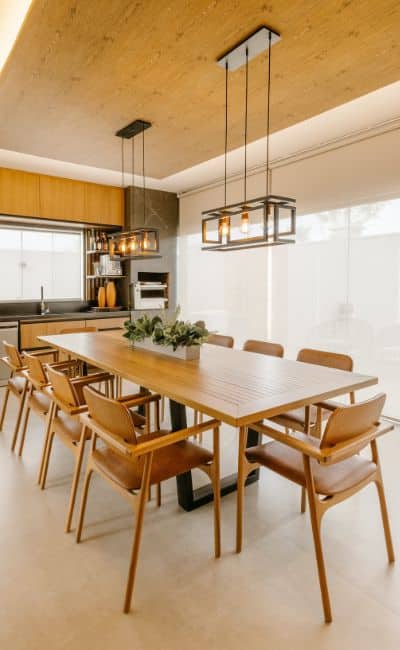
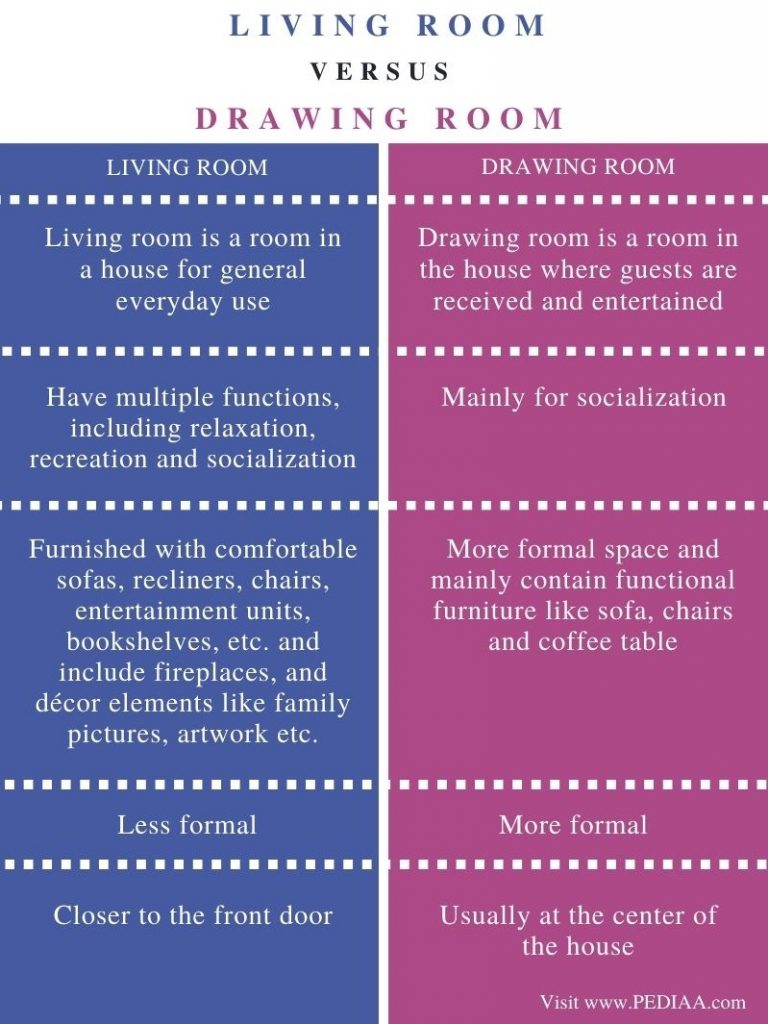

:max_bytes(150000):strip_icc()/FamingoResidence_H011-d34650a2d8304f7aab867ee9164f30c4.jpeg)
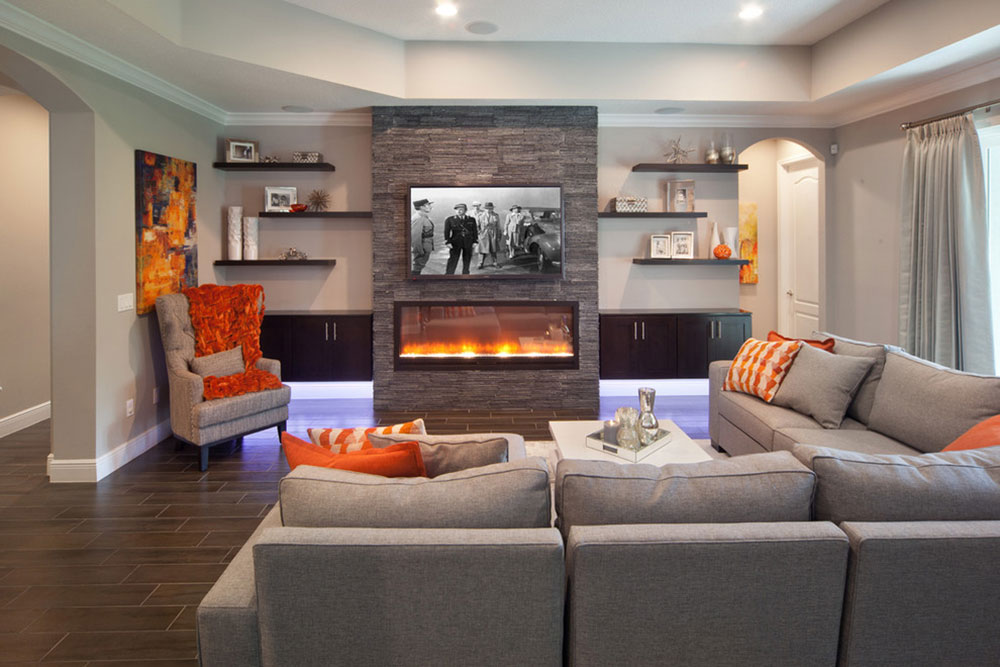



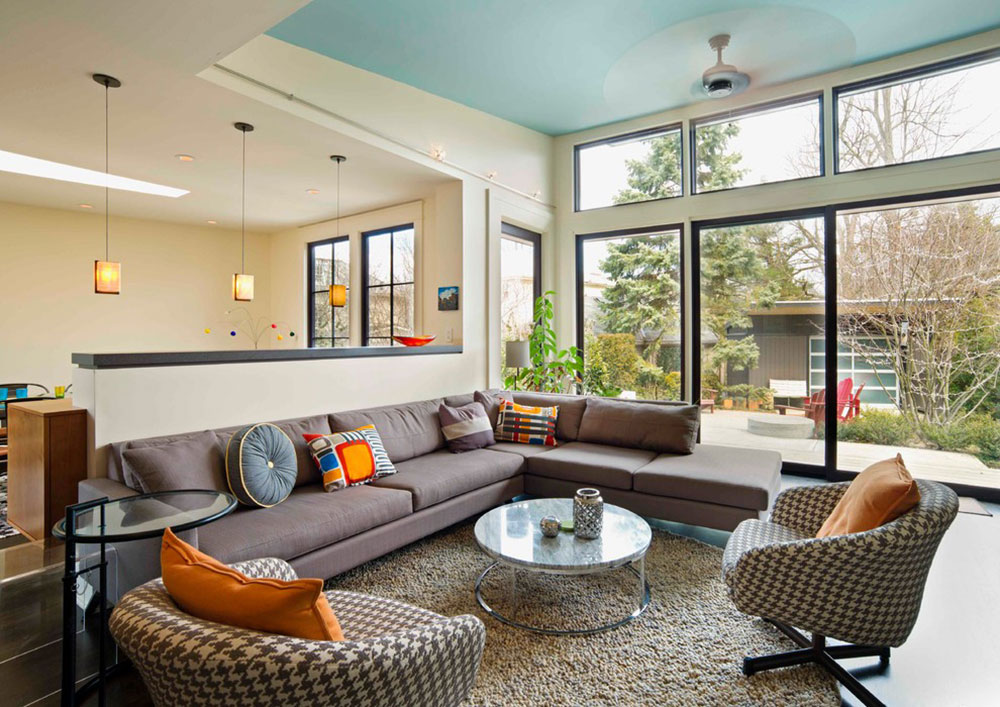
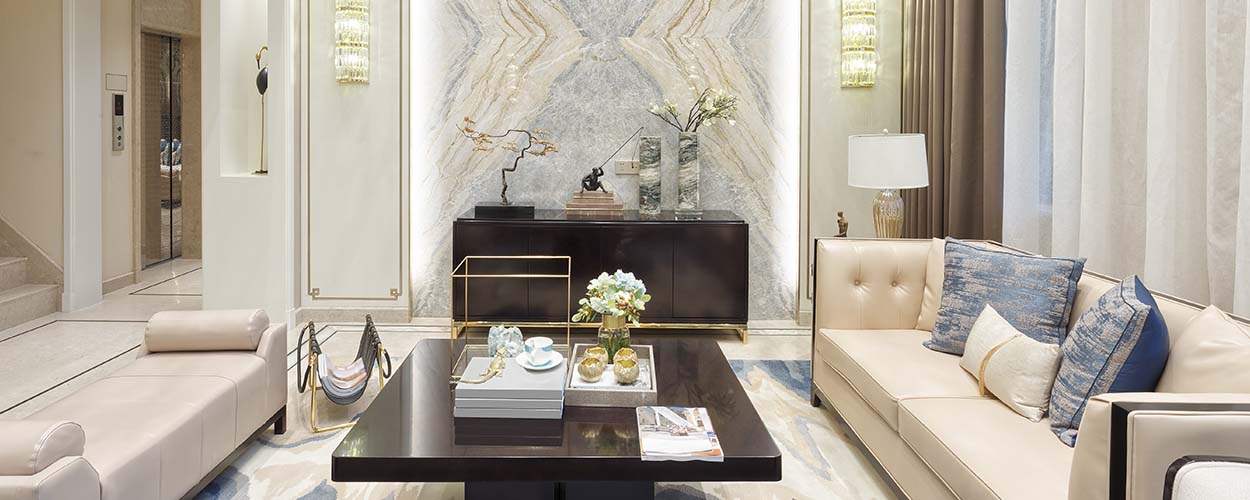


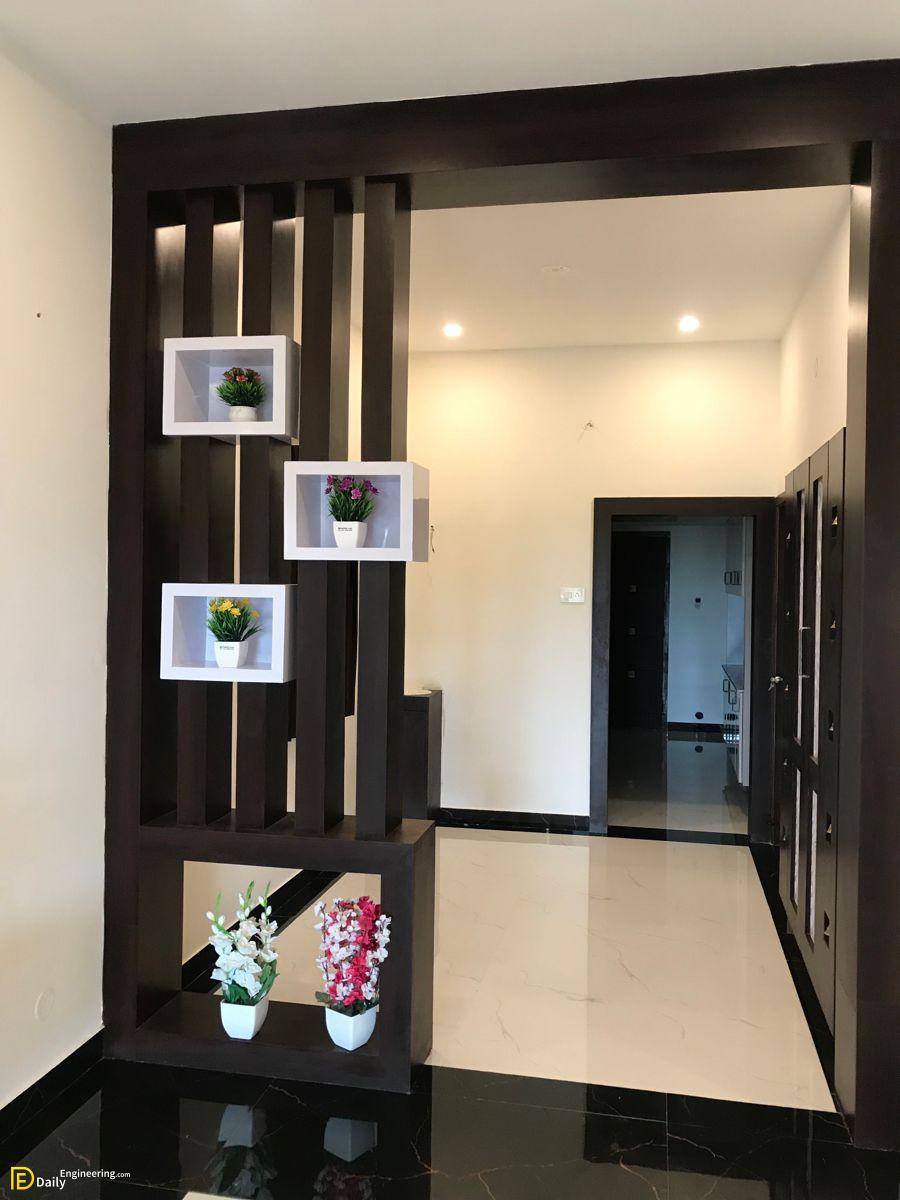



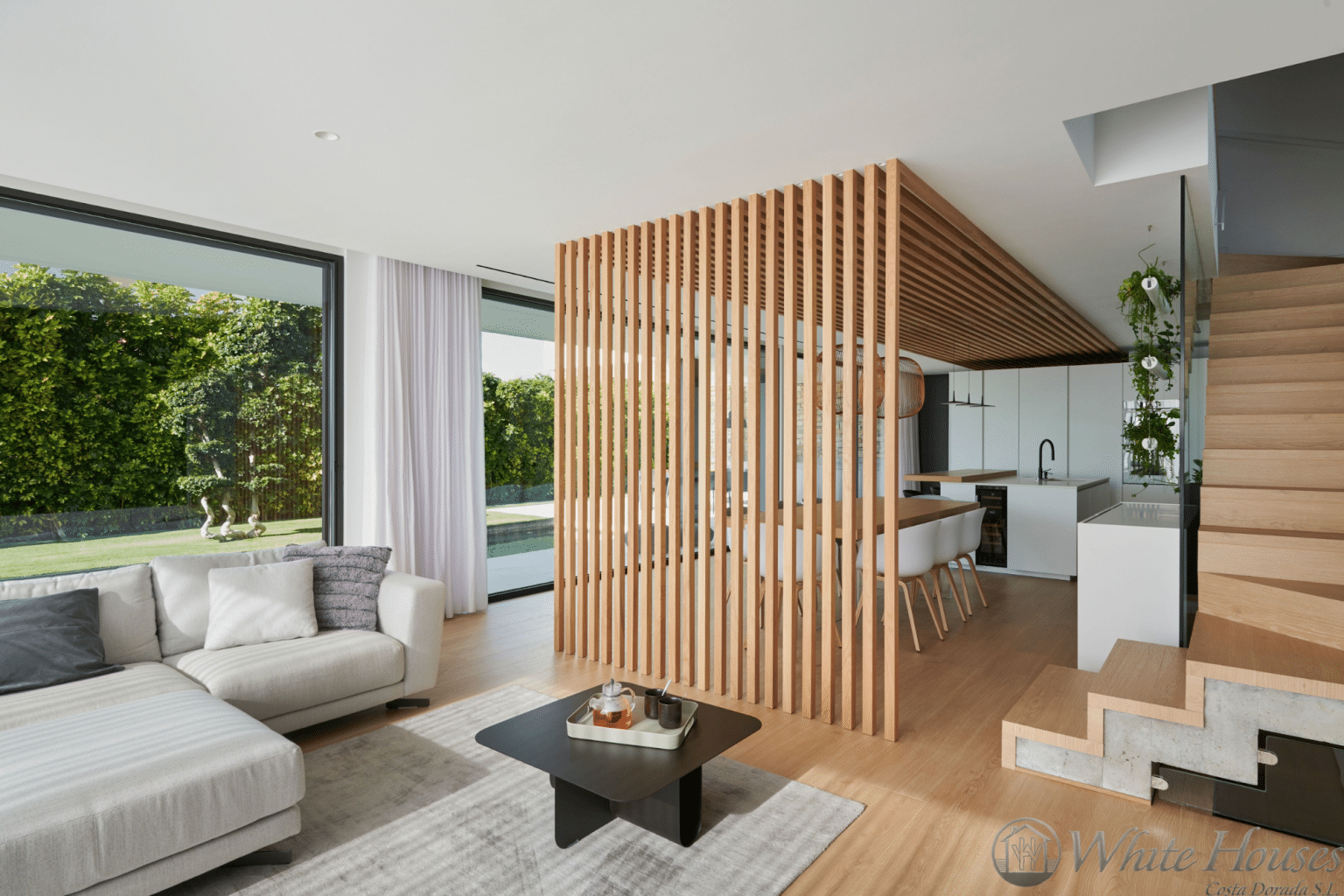
.jpg)
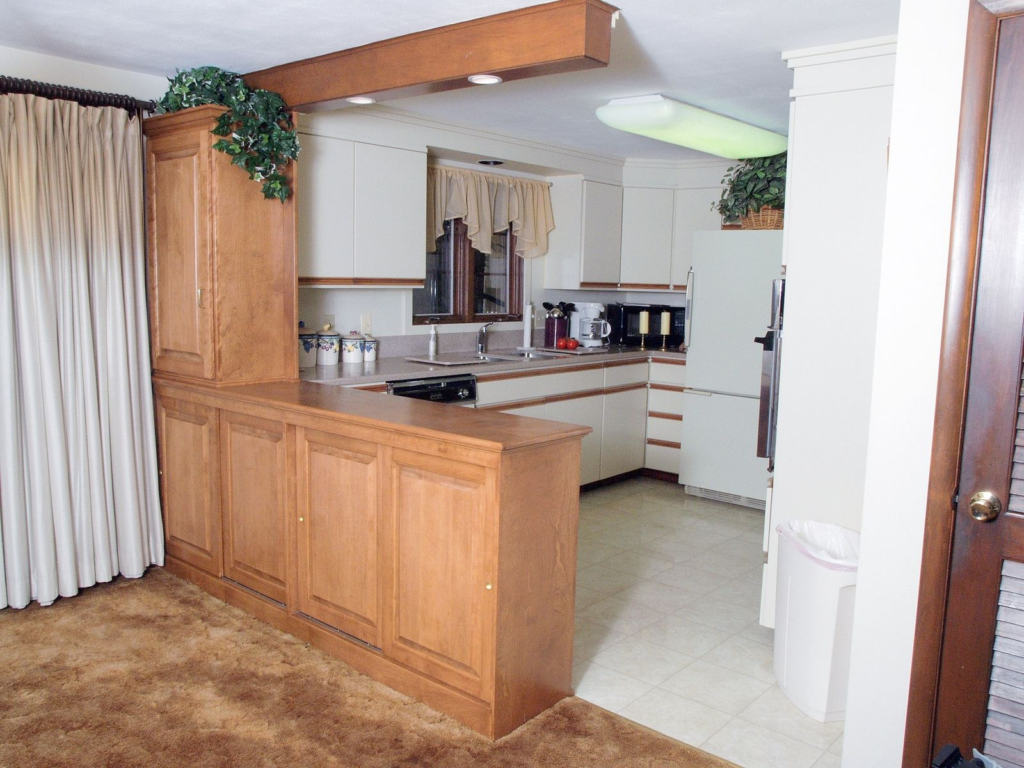

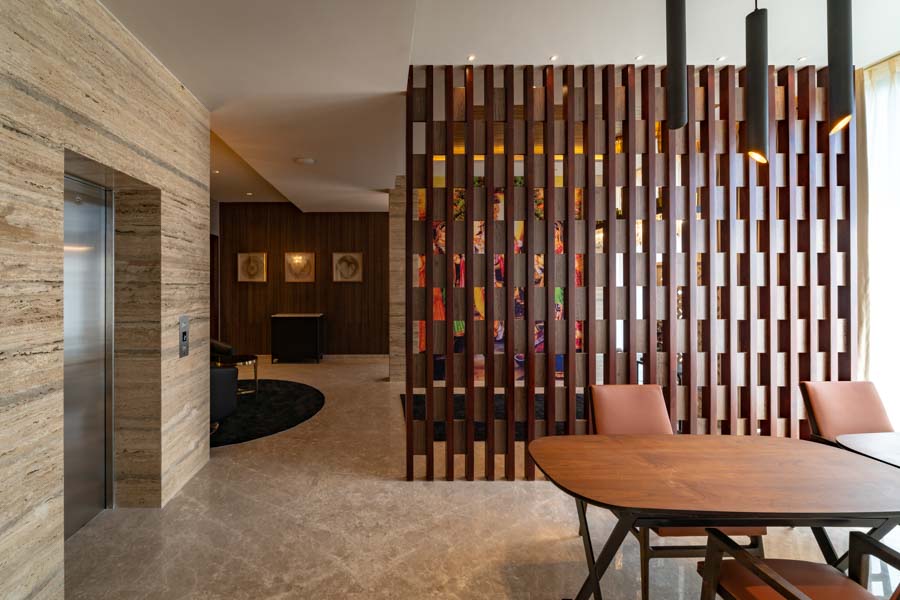





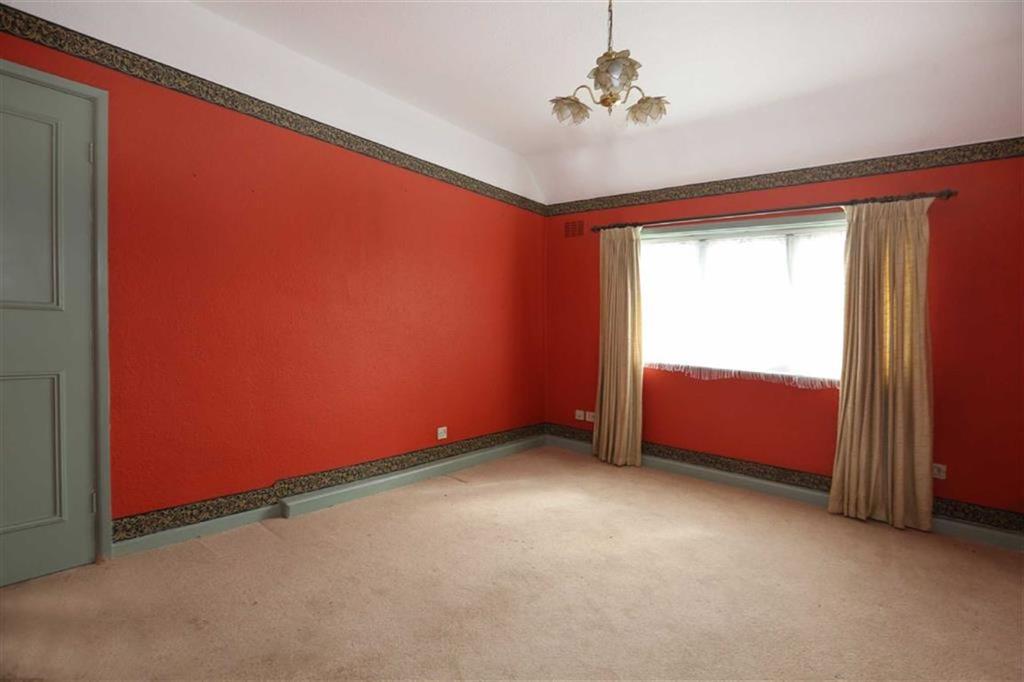

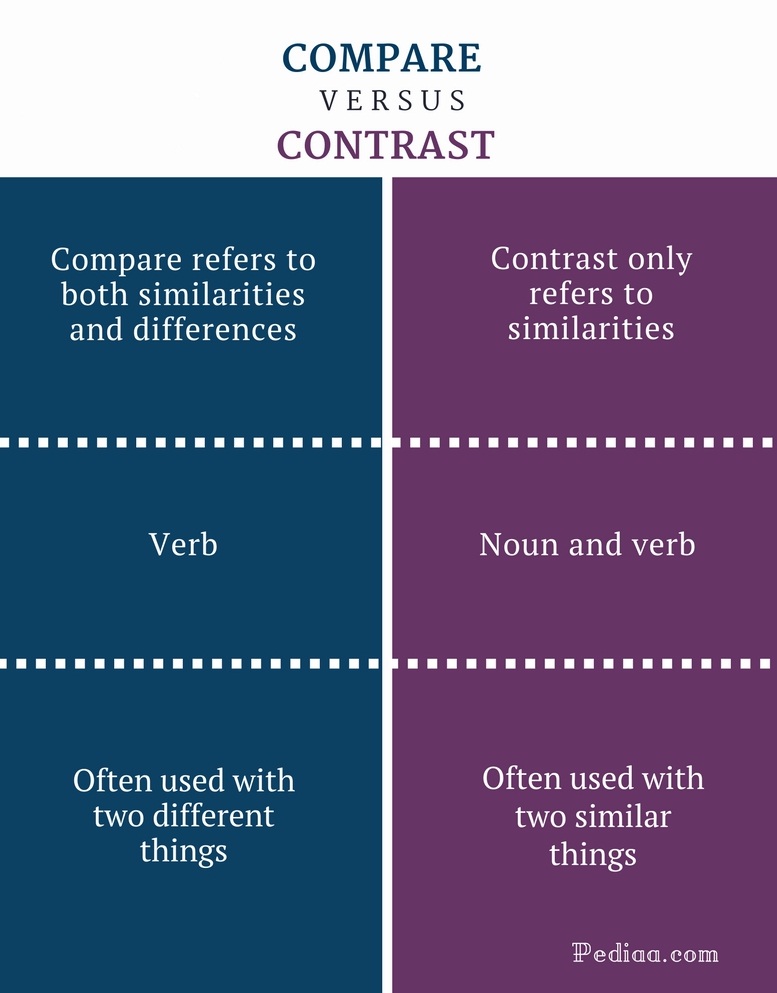

















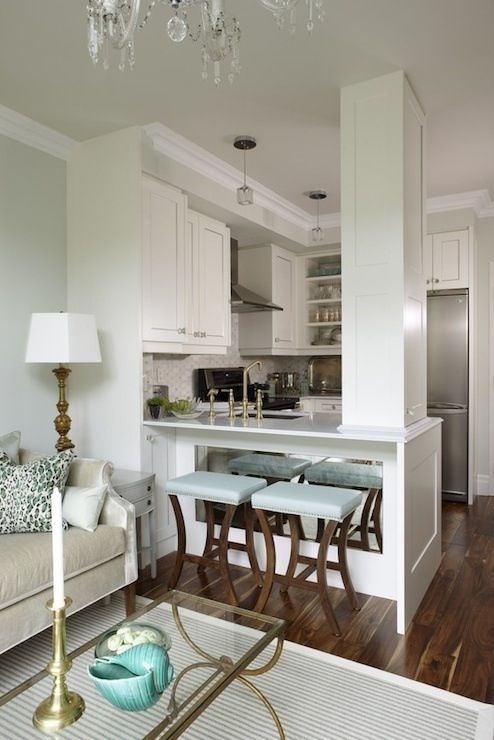
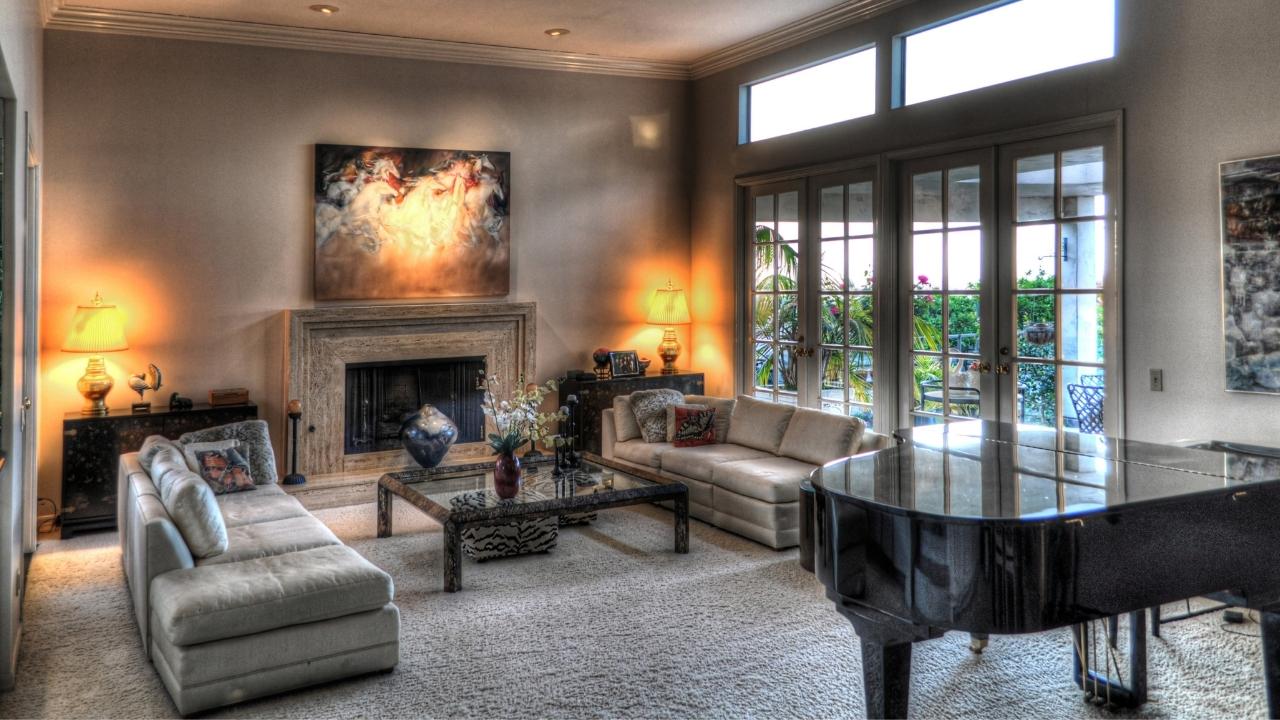
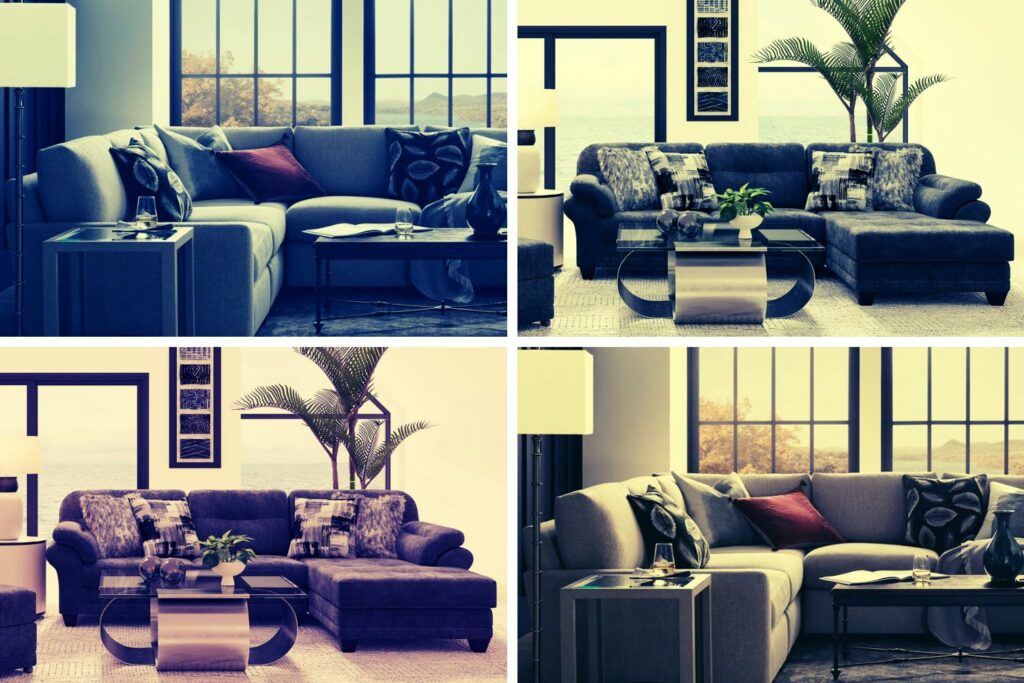
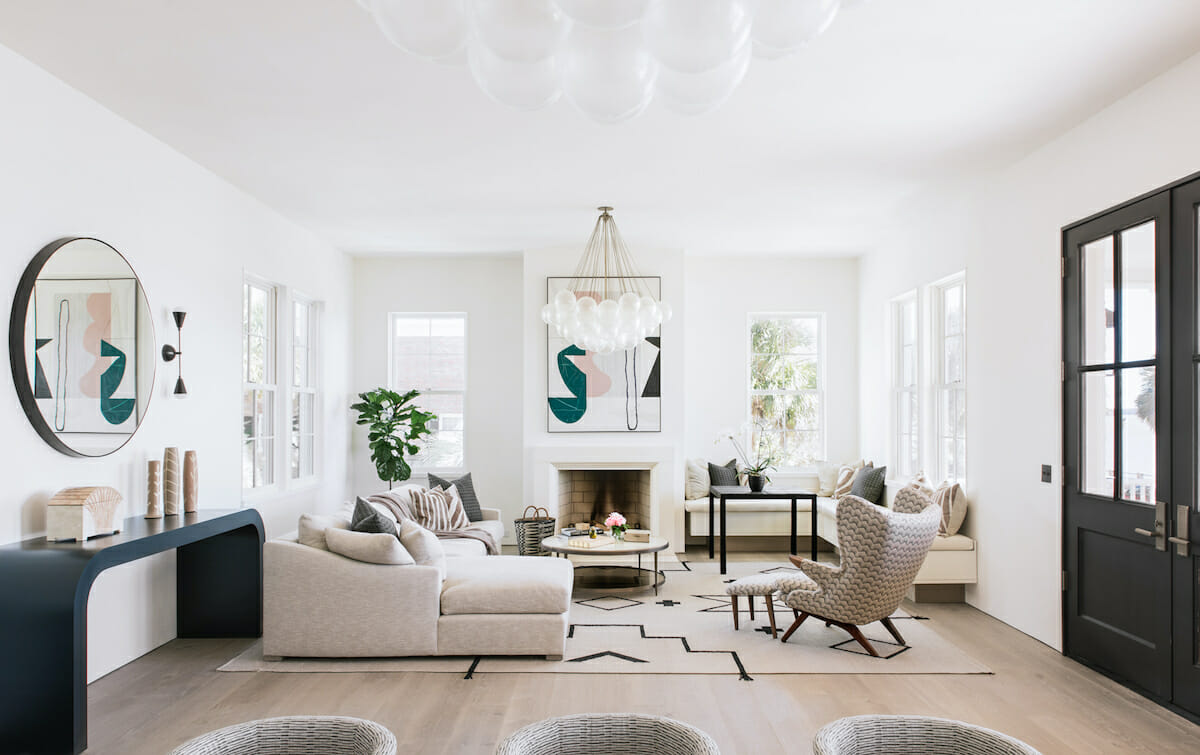
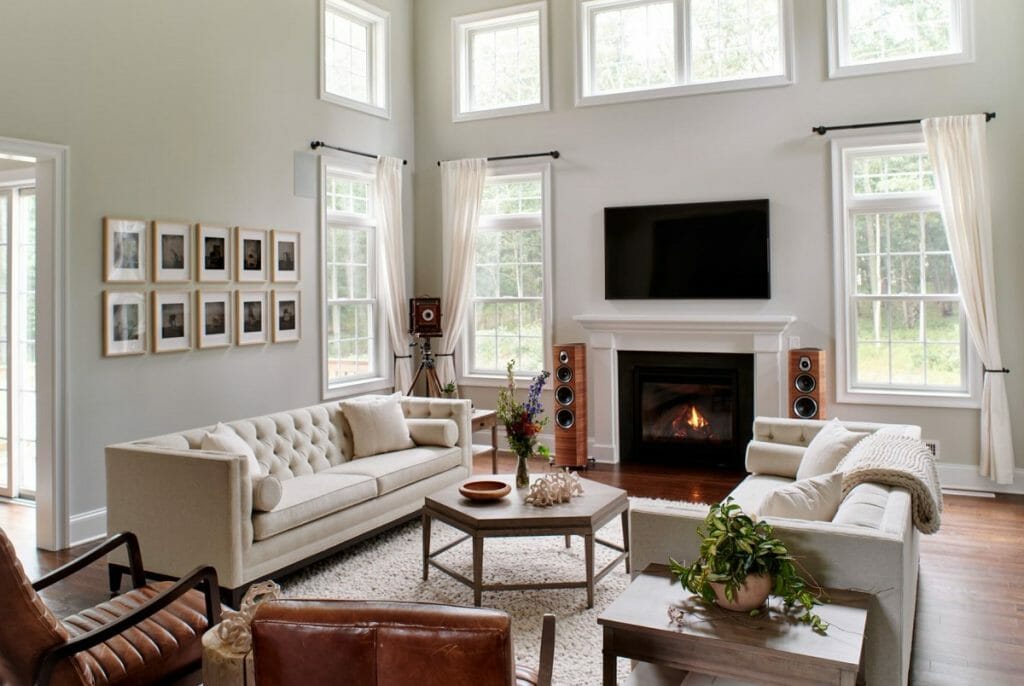
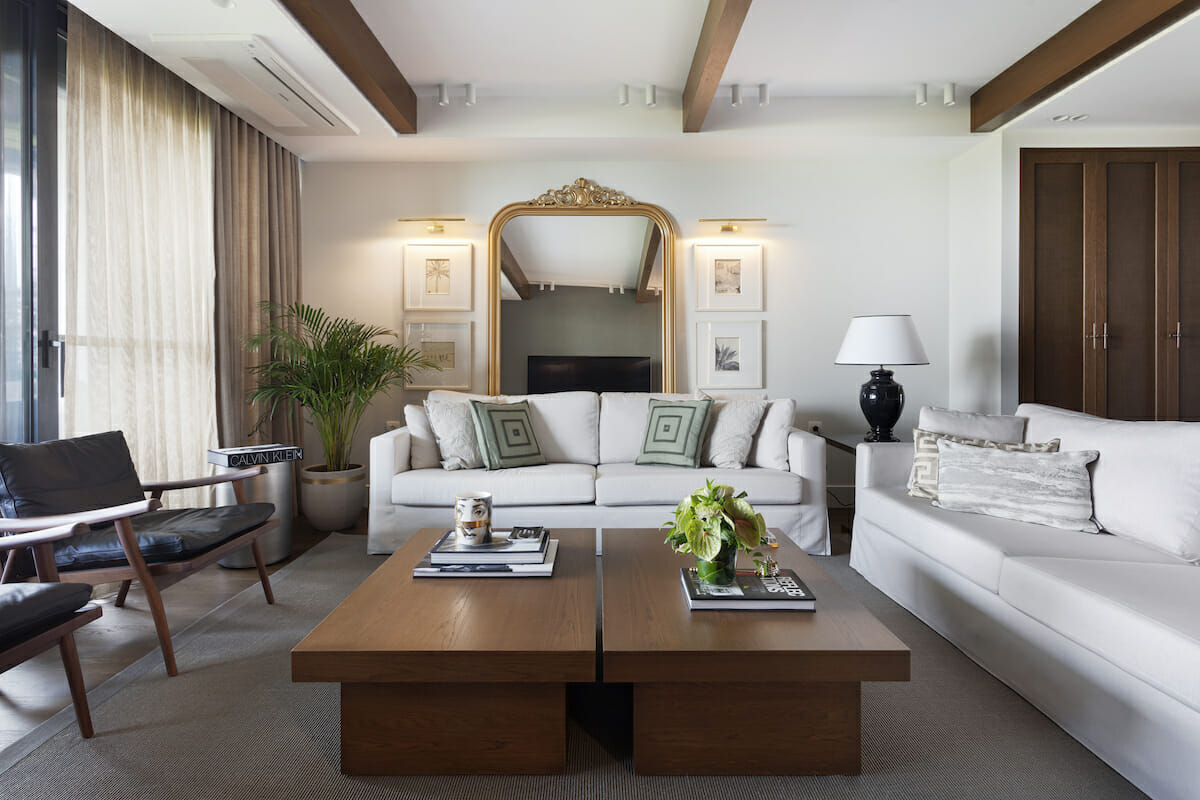



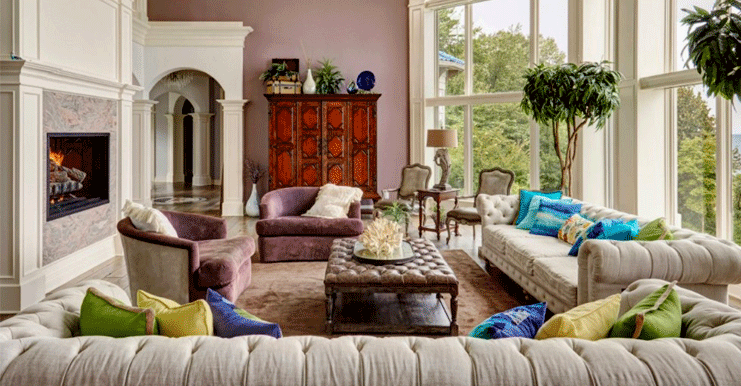






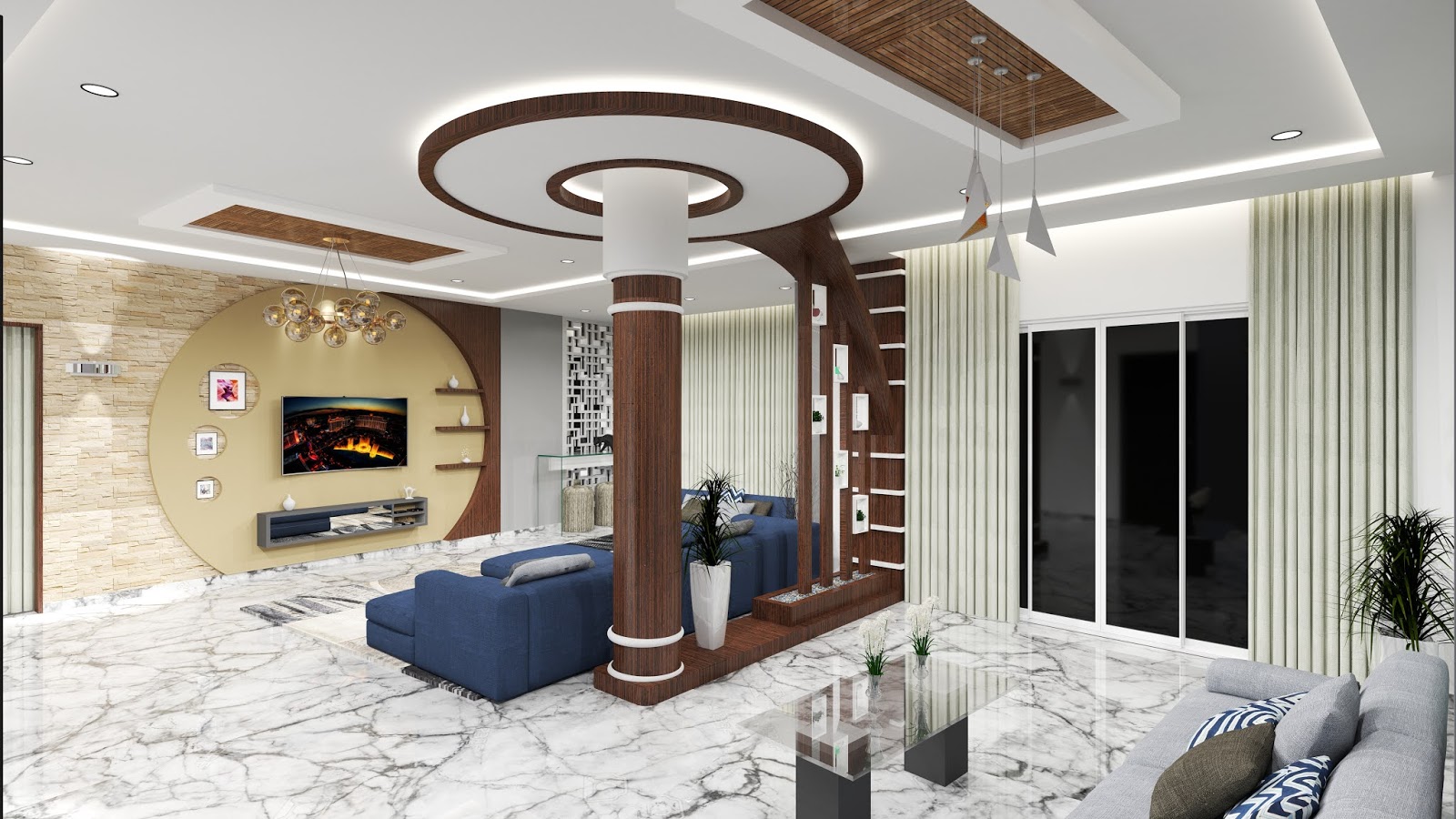
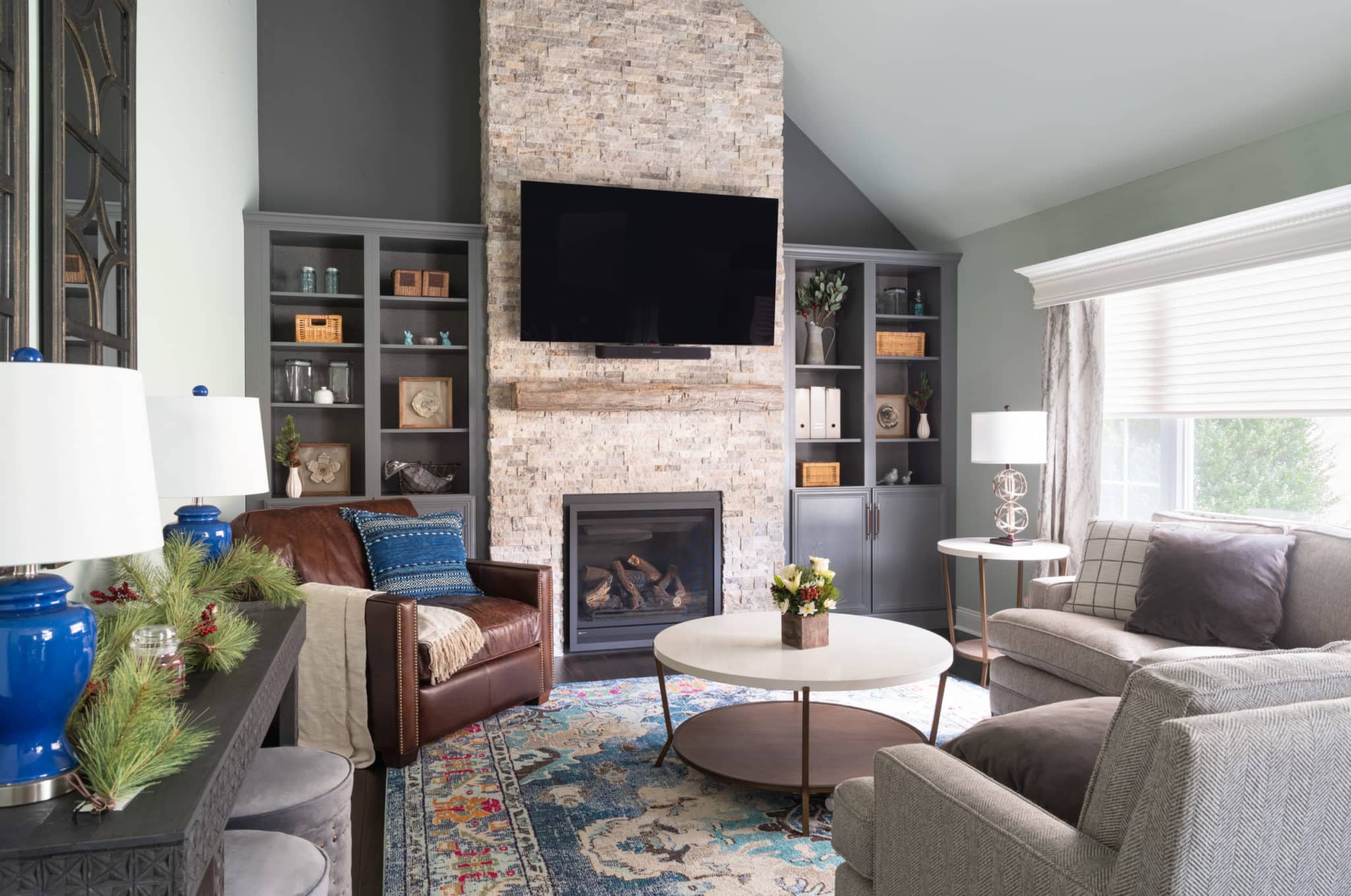


.jpg)
